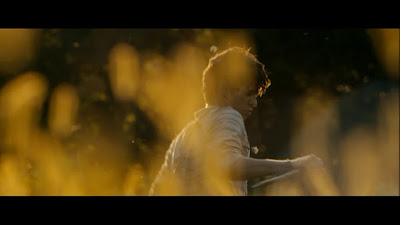Osama Bin Laden rises from the dead as a flesh-eating ghoul and threatens the free world with a zombie apocalypse.
No, really. That's the premise of 'Osombie', from Utah-based company Arrowstorm Entertainment.
Biting political satire or ludicrous jingoistic nonsense?

























